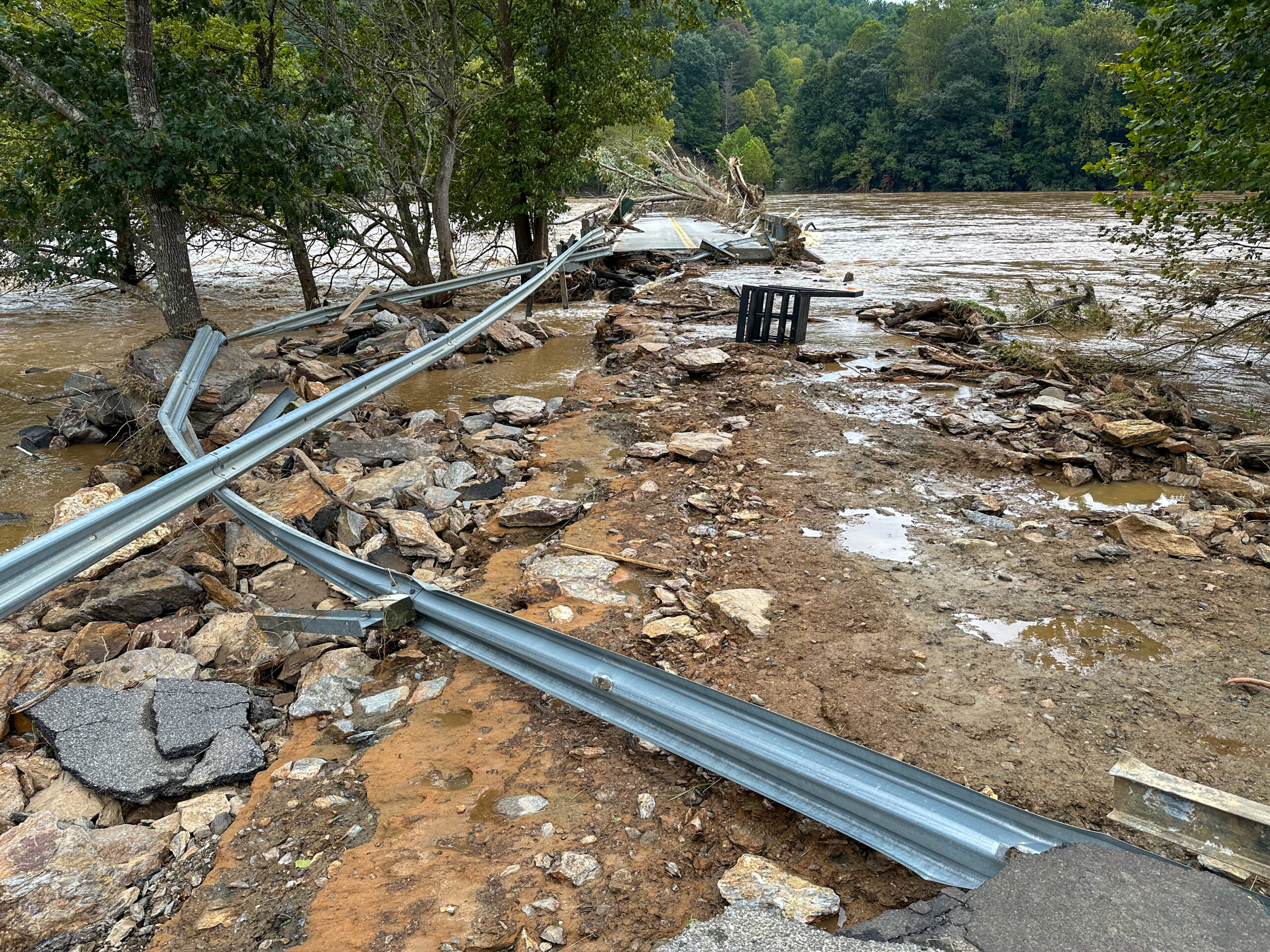 The single most important lesson I ever learned.
The single most important lesson I ever learned.
Begin with the why.
Always.
If you don’t, you’re likely to work very hard and not achieve much of value.
Why?
Because you didn’t begin your endeavor by asking yourself:
- “Why am I doing this?”
- “What’s the value in this work upon which I’m about to embark?”
- “If I didn’t do this, what would happen?”
This may be the most powerful strategy in your entire toolbox.
So simple. So basic. So fundamental.
Yet, too often, we fail to ask why.
The often-overlooked step.
Why?
Humans are funny creatures.
Monkey see, monkey do.
Monkey be told what to do, monkey do.
We’re driven instinctually, by biology, to survive.
Don’t eat the berries no one else is eating.
We take what appears to be the safest course.
Don’t make waves.
There must be a reason for the status quo.
It generally works in the short term.
Sometimes, however, there is no reason.
Or the reason isn’t a good one.
There’s just custom, practice and routine.
And if we fail to take the proactive, conscious step of asking “why,” we sink into habit.
Sometimes for good, but often… not so much.
Because it’s thoughtless.
WHY? Time to channel your inner toddler.
Always, always ask “why?”
Kids intuitively know this is the best way to make sense of things. Yet somewhere along the way we lose our innate sense of curiousity, much to our detriment. Because we stop learning, understanding and experimenting.
Let’s take a look at how this plays out on both a macro and micro level in your work.
Macro-level
You’re a marine biology center, so you believe that’s your “why.”
Or you believe enough folks will simply accept the existential need for such an institution. But isn’t this putting the cart before the horse? Why does the world/your state/your city/your community need a marine biology center? You’re not the only one, so why you? Are you doing vital research no one else is doing? Saving particular species in the ecosystem essential for feeding the planet? Educating children about the importance of respecting and stewarding the marine environment?
You’re a literacy initiative, so you believe that’s your “why.”
Again, for what reason is a literacy initiative a priority for your community? What is broken that needs to be fixed? If you didn’t exist, would the world be a poorer place? Why?
You’re a university, so you believe that’s your “why.”
Who says, among all the ways to educate people in the world, your particular institution is necessary? What particular value are you offering that donors might care to enact with you? Is it teaching? Research? Public discourse? Why any of these things in particular?
The broad category of services under which your mission falls is not your raison d’etre. Rather, it is (1) the deeply held values you enact plus (2) the importance with which these values resonate with potential constituents.Success depends on matching your heart and soul to that of your community members. Take the time to think this through and figure out what these things are.
Now let’s look at the level on which most nonprofit fundraisers and marketers are faced with strategic decisions.
Micro-level
Basic survival is clear.
What do you accomplish by not eating eat poison berries? You don’t die.
Beyond biology, things get more complicated.
Whether it’s a “good” appeal or thank you letter…. email… brochure… report… website landing page… event… or anything else… depends on what you wanted it to do. Unless you know the answer to the “why” question, and its subsidiaries “what,” “who,” “where,” and “how” (see below), you can’t do meaningful, effective or efficient work. Just work.
Nor can you evaluate the success of your completed work.
Which means you’ll be hard-pressed to improve it if you want to try it again.
WHAT is it for?
Unless you know what your work is for, you won’t know why you’re doing it.
If you don’t know why, you won’t know if your finished product answered the “why” question (the one you neglected to pose).
So, you won’t be able to measure success.
You’ll simply have a “strategy” that sits there, checked off a ‘to-do’ list.
This is a waste of the planet’s resources.
EXAMPLE:
“I need a brochure.”
“Why?”
“My supervisor said we need one.”
“Okay. What’s it for?”
“To recruit volunteers to drive seniors to appointments, grocery shopping and places of worship.”
“How many volunteers do you need?”
“About five new ones.”
“Oh, that sounds doable. We may not need to develop a whole new product to recruit this many folks. Could there be a more targeted way to find likely prospects than printing up a bunch of brochures? Who do you think are the folks most likely to answer your call to action?”
“Maybe current volunteers and donors?”
“Okay. Maybe to start we could send two separate emails to these different constituencies? Or have you tried incorporating a stand-out call to action in your volunteer newsletter? We could help you craft messaging that’s enticing and relevant to these target markets.”
“Sounds good. I hadn’t been thinking specifically who we would ask until now.”
WHO is it for?
Sometimes the customer is not who you think it is.
Or who your E.D., board, marketing or program staff think it is. Overseeing both fundraising and marketing for a complex human services organization, I often had program staff coming to me asking the development team to create some sort of communication for them. They tended not to look beyond their own internal needs as staff, rather than the needs of the constituents they served.
Let’s continue with the example, above, that came from a real volunteer program coordinator.
EXAMPLE:
“I need a brochure.”
“Why?”
“My supervisor said we need one.”
“Okay. What’s it for?”
“To recruit volunteers to drive seniors to appointments, grocery shopping and places of worship.”
“How many volunteers do you need?”
“About 30 – 50. We have 100 – 200 seniors who need matches.”
“Okay, that’s a sizable number. Who is your target volunteer market?”
“Hmmn… not sure. Maybe retirees? Parents with free time while their kids are at school? College students?
“Why do you think these folks would be interested in volunteering?”
“Because we don’t have enough volunteers, and they would keep busy, do something good, and maybe the students would get community service credits?” [Notice, the expressed goal centers around the organization’s need for volunteers, not the volunteer’s need for meaning and fulfilment. There’s no mention of specific benefits like meeting people with shared values; making new friendships; networking; developing job skills, or fulfilling a moral or religious obligation.]
WHERE to go to secure what you need?
You could write the best fundraising appeal (or grant proposal, annual report, thank you letter, newsletter, etc.) on the planet, but it won’t achieve the results you seek unless you have a plan to reach out to the right people.
Let’s continue with our example from above.
EXAMPLE:
“Do you know where to find these potential volunteers?”
“Maybe at schools? Places of worship? “Hospitals?” “Doctors’ offices?” “Community centers?” “Adult learning programs?”
“Do you have a distribution plan for the brochures at all these places?”
“Not yet. We thought we’d just drop them at places since we can’t afford to mail them.”
“Would your message be the same to these three different constituencies, or slightly different?”
“A little different, I guess.”
“So a single brochure might not do the job for you?”
“Maybe not, but we can only afford one.”
“Do you think another communications medium might work just as well, or more effectively?
“I was told we needed a brochure. What else did you have in mind?”
“There’s email. Might you be able to get mailing lists at some of the places you think the volunteers you’re looking for hang out? You could then target your message directly to the needs of parents, for example. You could even differentiate between the needs of stay-at-home and working parents.”
“Hmmn… we do have connections at a lot of these places. We could ask.”
“Do you have an email list for current volunteers, and might some of these folks be open to new opportunities? Since you weren’t planning to mail the brochures, this could be a way to reach folks already inclined to volunteer.”
“That’s a good idea.”
“Do you know what types of hours, on average, your volunteers put in? Do you have flexibility to offer short-term shifts vs. a long-term commitment?” Do you know how many might welcome additional opportunities if they could make their own schedule?”
“We have data on hours, but it’s different depending on the volunteer program”
“If we helped devise it, might you send a survey, segmenting by program, to learn more about your volunteers’ interests, needs and openness to new opportunities?”
“That would be interesting.”
“So, maybe we should begin with a survey? And you should reach out now to some of your connections at businesses and community organizations to discuss how this volunteer program might meet some of the needs of their constituents? Then we can incorporate feedback to create some targeted emails for different markets?”
“Yeah, that might be better than a brochure.”
HOW might this strategy meet donor needs?
It’s the job of the philanthropy facilitator (aka fundraiser) to keep this top of mind, for yourself and others. Because, often, staff responsible for building the website or creating marketing communications think your market is primarily the constituencies with which they’re most familiar – i.e., patients, students, parents, ticket buyers, members, volunteers and internal stakeholders. Donors may be an afterthought, and then thought of only generically. The differences between different donor segments may not be thought of at all.
EXAMPLE:
I’ve edited countless case statements and annual reports created by the marketing staff that, sadly, don’t meet the needs of donors.
They don’t include inspiring stories or photos, don’t include a clear description of the problem and solution, and don’t offer a specific call to action to invite the donor to play a meaningful role.
In fact, sometimes it’s not even clear the organization is supported by philanthropy. These glorified brochures become ego-centric puff pieces touting the wonders of the organization. They make the board, administration and executive team very happy. But if you are a fundraiser, you need to care about making donors happy.
Recommendations: Before taking on a project or checking it off your list…
1.Go through the iterative process outlined in the above examples to suss out the reason you’re being “hired” (or assigned) to do the task at hand.
2. Begin with the why, what, who and where. Really flesh this out. There actually may be more than one purpose you seek to serve with the same strategy. Rather than creating three projects to serve three purposes, wouldn’t it be wise to serve all three purposes with a single project? This is called working smart.
3. Also ask: “how will we know if it’s working?”
For example, if your “whys” are to (1) build our mailing list; (2) more deeply engage current non-donor constituents, and (3) renew current donors, how will you measure whether these objectives have been met? Do you have tracking systems in place? Target metrics? Feedback strategies?
Merely sending a tweet, FB post, email or newsletter, hosting an event or writing a case statement is not an achievement. It’s just a task checked off your list.
Achievements depend on what you hoped to achieve.
Just because you worked your butt off, and did your very best work, that doesn’t mean what you did accomplished what it was supposed to accomplish.
How could it, when you didn’t begin with clarity on your desired outcome?
You know the old adage, right?
If you don’t know where you’re going, any road will take you there.
Clarity: the single most important lesson I ever learned.
One More Thing
 Working smart today means incorporating digital tools, online channels and virtual strategies.
Working smart today means incorporating digital tools, online channels and virtual strategies.
It’s a huge way to connect meaningfully with donors, and a way your constituents are easily reached.
People expect to hear from you this way. If you’re a mid-level or major gift fundraiser, don’t leave this to marketing and IT staff. Develop your digital skills now; they’re only going to become more in demand. Digital strategies, like everything else, work best when viewed through the lens of why, what, who, where and how.
Why wait? There’s an awesome on-demand, self-paced course targeted precisely to meet the emerging needs of today’s fundraisers: Creating Meaningful Connections with Donors. You’ll learn how to create a 12-month communication plan for every donor on your caseload, including the use of exciting digital tools and storytelling strategies. Use my exclusive Code CA5 for a discount.
Photo by Evan Dennis on Unsplash
#Top #Nonprofit #Strategy #Rule #Clarify










